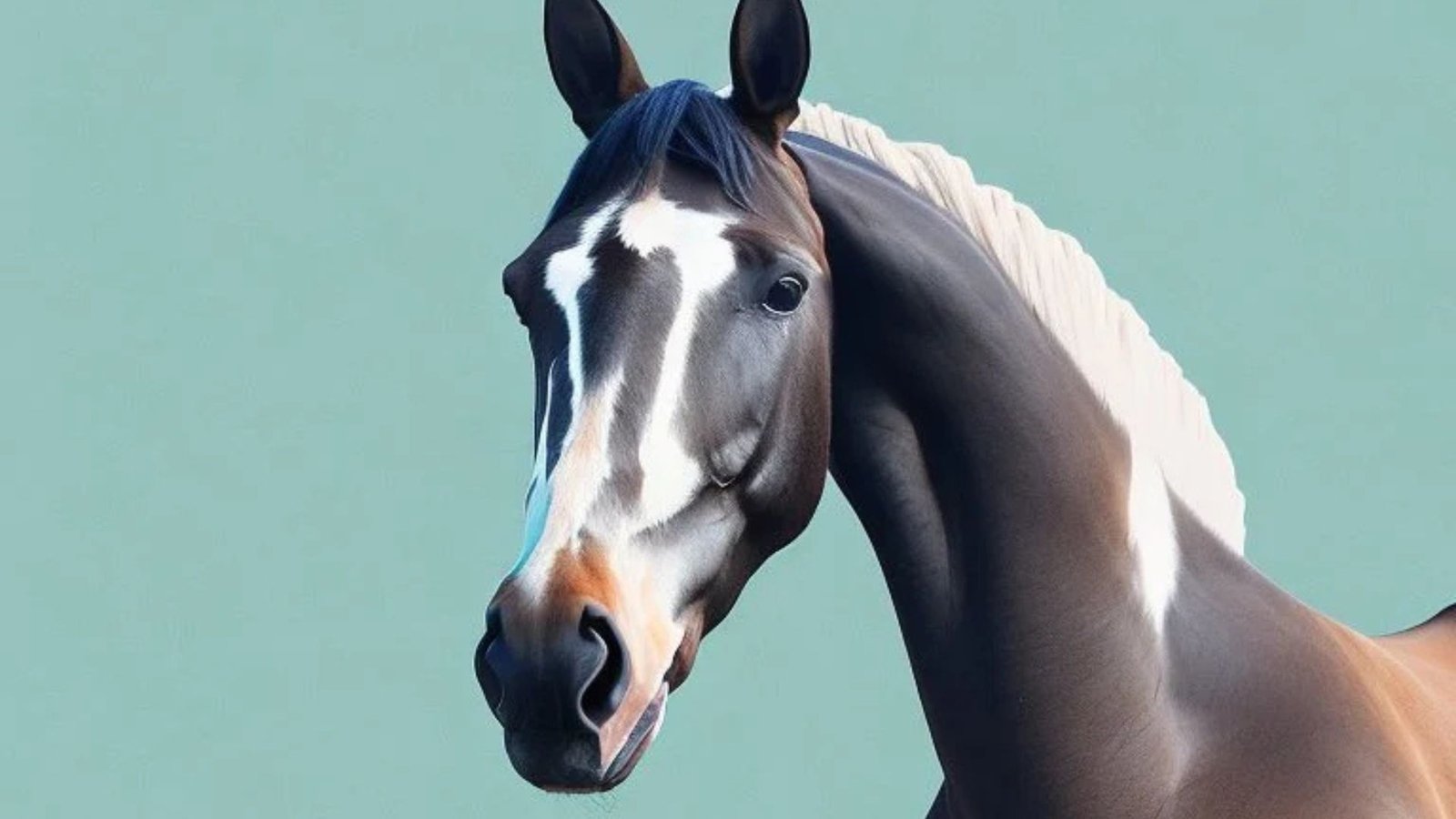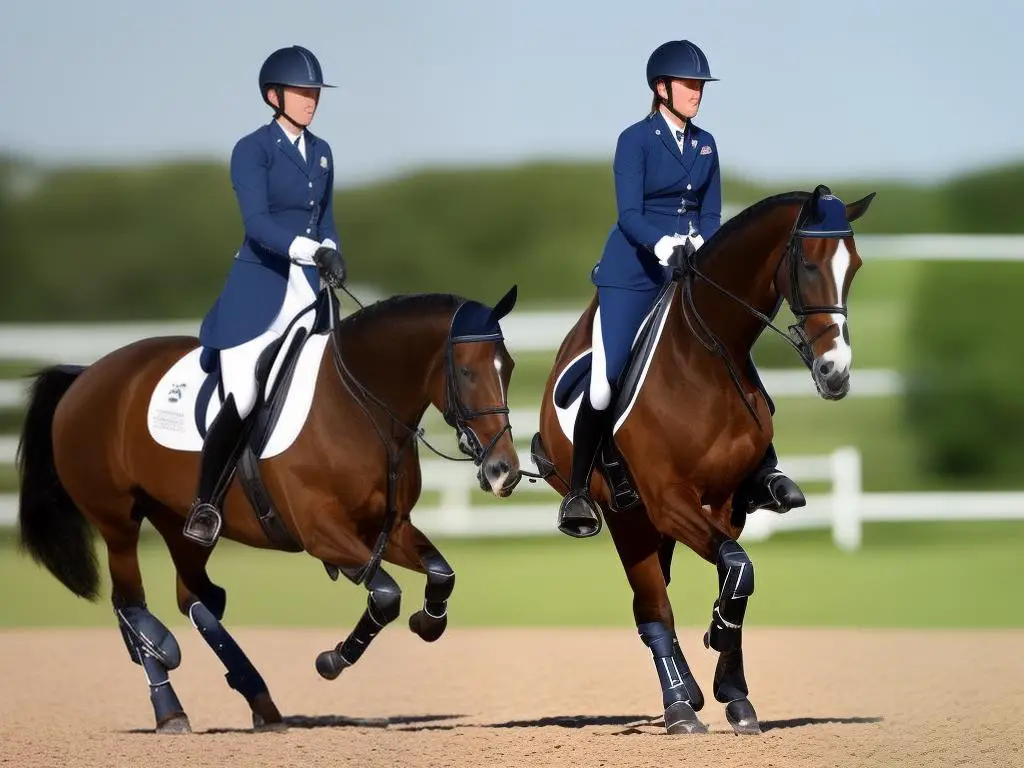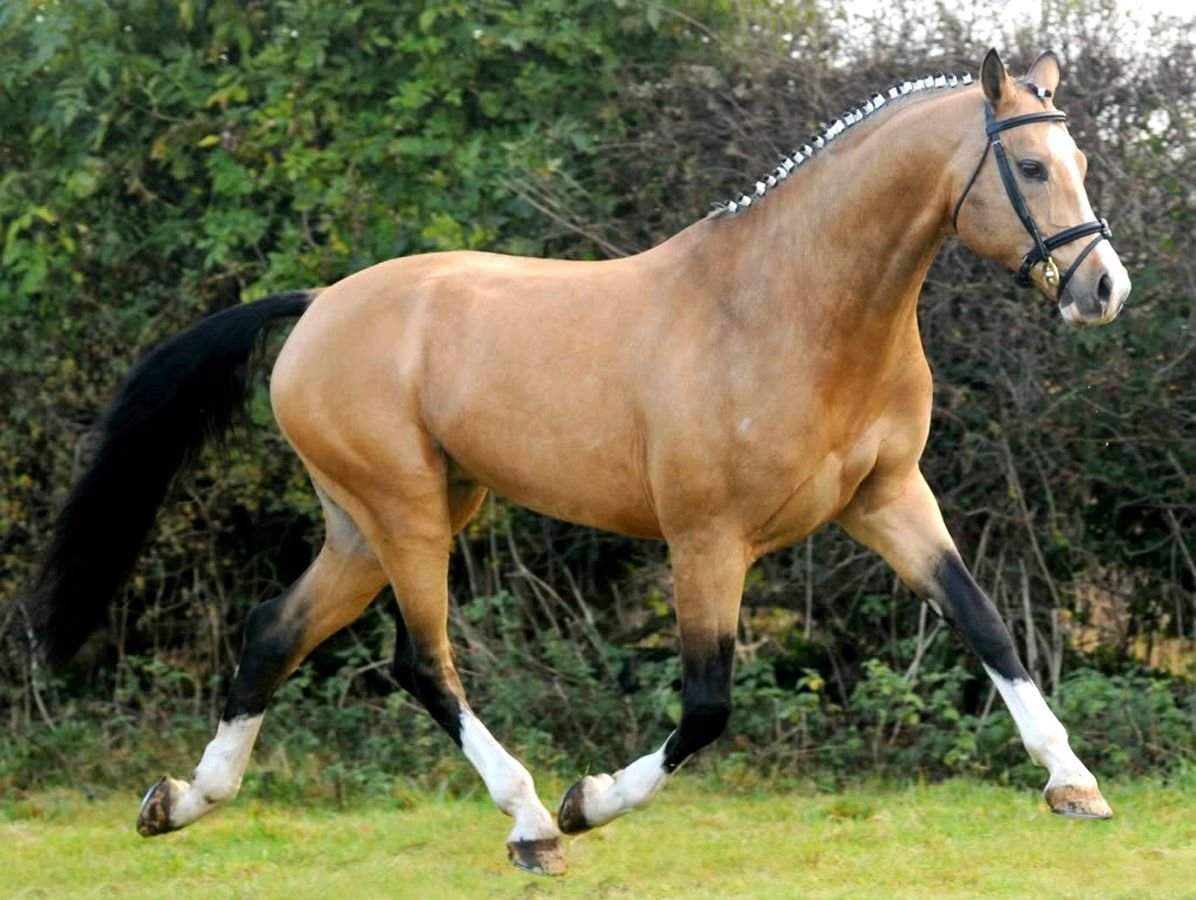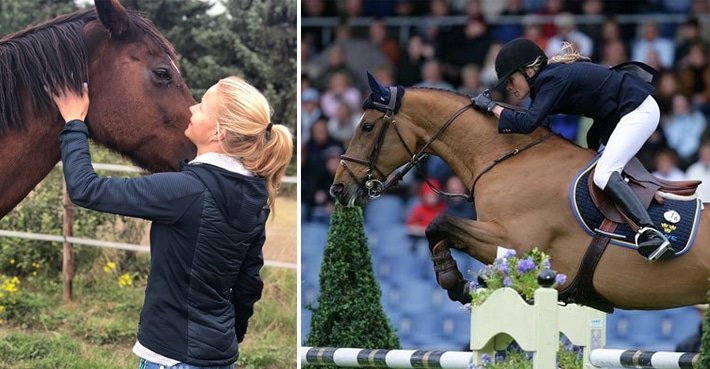Warmblood horses have long been celebrated for their exceptional versatility, athleticism, and calm temperament, making them a popular choice in competitive equestrian disciplines. These horses, which are a cross between hotblood and coldblood breeds, have a rich history that traces back to the development of modern equestrian sports. In this article, we’ll explore the history of warmblood breeding programs, highlighting their origins, evolution, and the role they play in today’s competitive world.
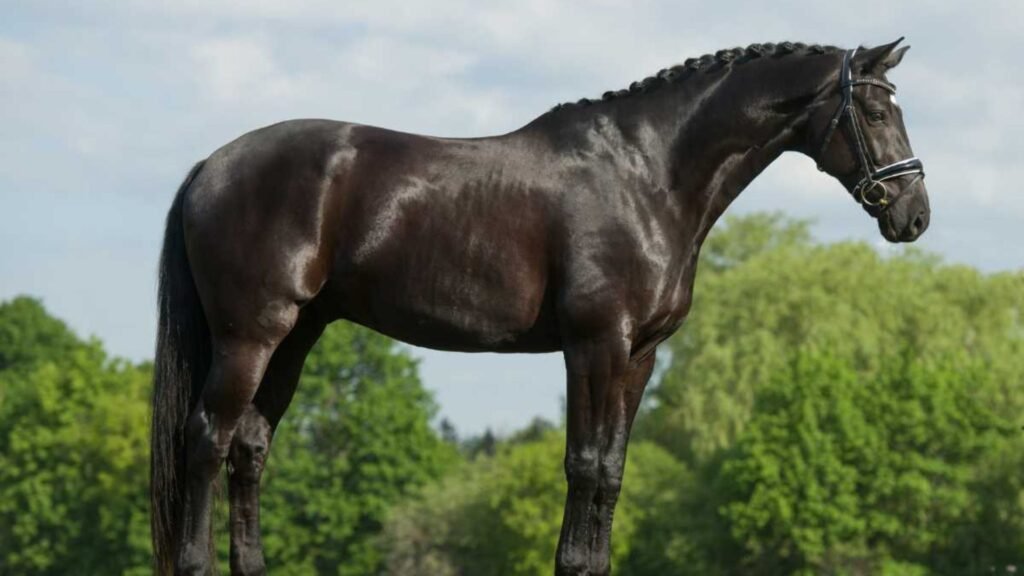
Early Beginnings: The Roots of Warmbloods
The origins of warmblood horses can be traced back to the early European horse breeds, where horse breeding was a strategic endeavor. In the Middle Ages, horses were primarily bred for practical purposes, such as agricultural work, transportation, and military use. This led to the development of strong, reliable draft horses known as coldbloods, which were bred for strength and stamina.
At the same time, lighter horses, known for their speed and agility, were bred for racing and riding. These hotblooded horses were often descendants of the Arabian and Barb breeds, known for their endurance, quick movements, and spirit. The combination of these two types laid the foundation for the creation of the modern warmblood.
The Development of Warmblood Breeds
Warmblood horses as we know them today began to emerge in the 16th century in Europe, particularly in regions like Germany, Denmark, and the Netherlands. The need for a horse that could combine the strength of the coldbloods and the agility of the hotbloods became evident as equestrian sports began to develop, including dressage and show jumping.
The most prominent early warmblood breeding programs were founded in countries like Germany and the Netherlands, where breeding practices focused on creating horses that excelled in both strength and athleticism. These horses were bred for sport, work, and the military, and breeders sought to improve the horse’s ability to perform under pressure.
19th Century: Establishment of Breed Registries
The formalization of warmblood breeding programs began in the 19th century when various European countries began to establish breed registries. The first major warmblood breeding program was established in Germany with the creation of the Hannoverian breed. The Hannoverian studbook was founded in 1735, and it played a crucial role in setting breeding standards for warmbloods. These horses were bred for both dressage and jumping, with an emphasis on athleticism, size, and temperaments suited for competition.
During the 19th century, the breeding programs began to focus even more on specific disciplines, especially in Germany and the Netherlands, where the Holsteiner, Oldenburg, and Westphalian breeds began to take shape. Breeding practices aimed to refine the horses’ conformation, temperament, and abilities to meet the demands of modern equestrian sports.
20th Century: The Rise of Modern Warmbloods
By the early 20th century, warmblood horses began to dominate the world of competitive equestrian sports, especially dressage, show jumping, and eventing. The importance of warmblood horses grew during the Olympics, where horses of this type frequently dominated podium spots.
During this time, breeders began to standardize the breeding programs even further, using a combination of performance testing, pedigree analysis, and strict breeding practices. The KWPN (Royal Dutch Warmblood Studbook) was one of the first organizations to create a rigorous performance test for stallions, ensuring that only the best horses were allowed to breed. This contributed to the continued improvement of the breed and solidified warmbloods as the horses of choice for elite competition.
The breed registry system helped guide breeders in creating horses that were versatile and reliable in various disciplines. By the 1950s and 1960s, international competitions like the Olympic Games and the World Equestrian Games had firmly established warmblood horses as the standard for top-tier athletes in dressage and jumping events.
Key Warmblood Breeds Today
Several warmblood breeds dominate the competitive equestrian world today. Some of the most recognized include:
- Hannoverian: Known for their elegance, movement, and powerful build, Hannoverians excel in dressage and show jumping.
- KWPN (Royal Dutch Warmblood): Renowned for their versatility and performance in dressage, jumping, and eventing, KWPN horses are often at the top of competitive sport.
- Westphalian: Known for their quiet, trainable nature, Westphalians excel in dressage and eventing.
Conclusion
Warmblood breeding programs have a long and rich history that has shaped the modern world of equestrian competition. From their origins in Europe to their dominance in today’s Olympic games, warmblood horses have proven themselves as versatile, athletic, and reliable companions for both competitive riders and recreational equestrians alike. Through centuries of refinement and careful breeding, these horses have become the standard for top-tier performance in equestrian sports, and they continue to be a staple of the global equestrian community.







